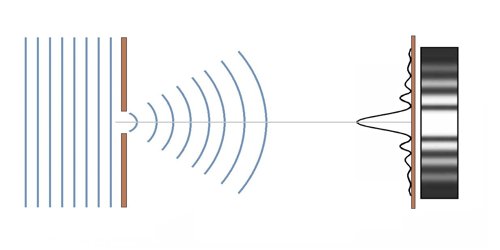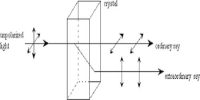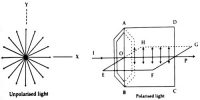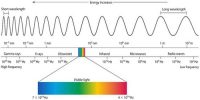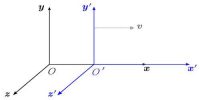Characteristics of Diffraction
Diffraction of light takes place if the size of the obstacle is comparable to the wavelength of light. Light waves are very small in wavelength, i.e, from 4×10-7 m to 7×10-7 m. If the size of opening or obstacle is near to this limit, only then we can observe the phenomenon of diffraction.
Diffraction is produced due to the interference of the secondary waves emitted from different parts of a wavefront.
- Widths of the fringes in the diffraction pattern are never equal.
- In case of diffraction, the distances between the bright and dark band gradually decrease.
- In diffraction dark hands are not completely dark. Some light is observed there.
- The intensity of the bright diffracted band never remains same. The intensity is maximum in the central band and intensity gradually decreases on both sides of the central band.
- Diffracted light can produce fringes of light, dark or colored bands. It occurs when a light wave passes through a corner or through an opening or slit that is physically the approximate size of, or even smaller than that light’s wavelength.
